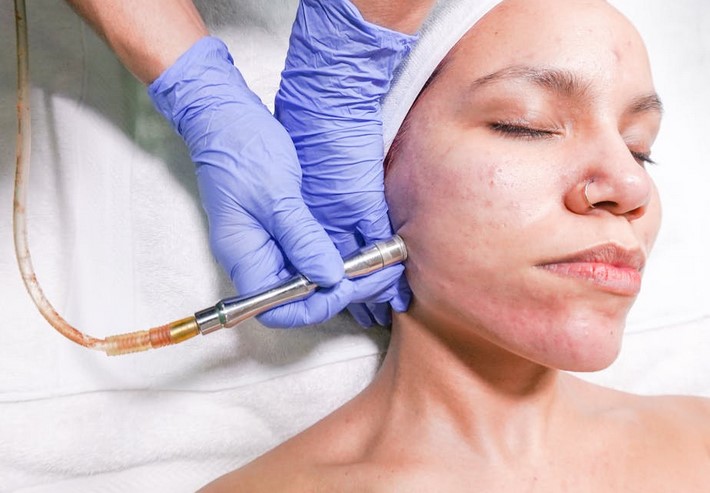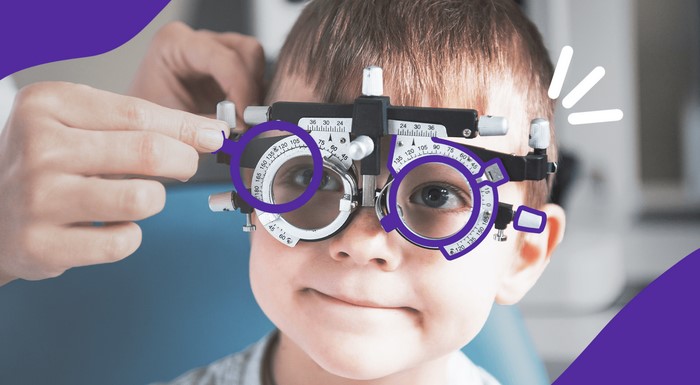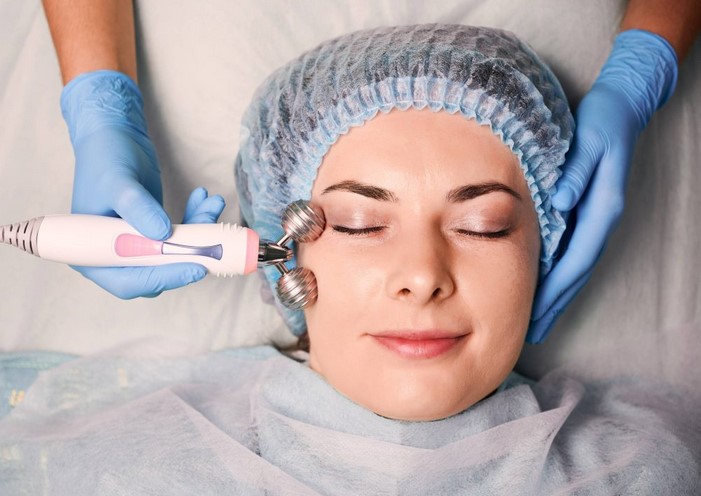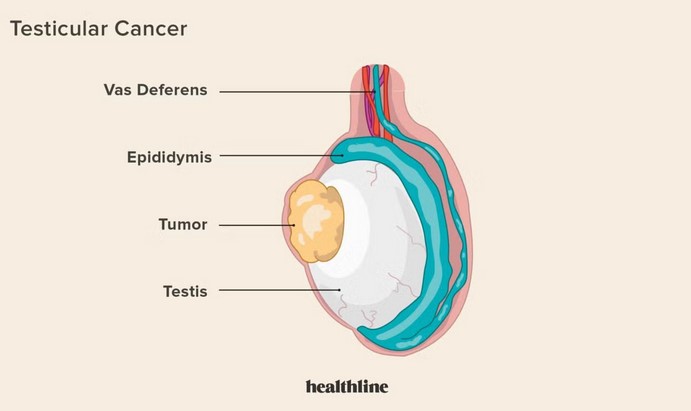
In today’s fast-paced and often judgmental world, maintaining a healthy level of self-esteem can be challenging. However, building self-esteem is essential for overall well-being and happiness. People with strong self-esteem feel more confident in their abilities, are less likely to be affected by negativity, and can handle life’s challenges with resilience. This article explores effective strategies for building self-esteem, offering practical steps that anyone can take to cultivate greater self-worth and feel more confident every day.
1. Understanding Self-Esteem and Its Importance
Self-esteem refers to how we perceive ourselves and our sense of worth. It’s a reflection of how much we value and respect ourselves. High self-esteem is associated with a positive self-image, the ability to set healthy boundaries, and resilience in the face of challenges. On the other hand, low self-esteem can lead to feelings of inadequacy, self-doubt, and an increased risk of mental health issues such as anxiety and depression.
Why Self-Esteem Matters
Having good self-esteem impacts every area of your life, from relationships to career to mental health. People with high self-esteem tend to make decisions that are in their best interest, engage in healthy relationships, and face adversity with confidence. They are more likely to take risks and embrace new opportunities because they trust in their abilities and have a solid belief in their worth.
Low self-esteem, however, can hold you back. It can make you more susceptible to negative influences, less likely to pursue your goals, and more inclined to self-sabotage. This is why building self-esteem is so important—it gives you the strength to face challenges and live a life aligned with your true potential.
2. Practical Strategies for Building Self-Esteem
While building self-esteem takes time and effort, there are several practical strategies that can help you boost your confidence and sense of self-worth. By incorporating these strategies into your daily life, you can begin to see lasting improvements in how you feel about yourself.
1. Practice Self-Compassion
One of the first steps in building self-esteem is learning to treat yourself with kindness and understanding. We are often our harshest critics, but practicing self-compassion involves acknowledging that it’s okay to make mistakes and that you deserve to be treated with the same care and empathy you offer others.
Instead of beating yourself up over errors or shortcomings, remind yourself that everyone faces challenges and that mistakes are part of the learning process. When you are kind to yourself, you create an environment where positive growth is possible, and you start to feel more secure in who you are.
2. Set and Achieve Small Goals
Setting achievable goals and celebrating your progress, no matter how small, can significantly boost your self-esteem. When you accomplish tasks, you reinforce the belief that you are capable and competent. Start by breaking down larger tasks into smaller, manageable steps to avoid feeling overwhelmed.
Every time you meet a goal, acknowledge your effort and give yourself credit. This will build your confidence and help you realize that you are capable of much more than you think. Over time, these small wins accumulate, leading to greater self-assurance.
3. Surround Yourself with Positive Influences
The people you surround yourself with have a significant impact on your self-esteem. If you consistently find yourself in relationships that drain you or make you feel bad about yourself, it can be challenging to build a healthy sense of self-worth. Make an effort to surround yourself with individuals who uplift and support you.
Positive relationships are built on respect, trust, and encouragement. Seek out those who genuinely care about your well-being and offer constructive feedback when necessary. When you are surrounded by positivity, it becomes easier to internalize those positive messages about yourself.
4. Practice Positive Affirmations
Affirmations are a powerful tool in reprogramming your mind and challenging negative beliefs about yourself. Every day, repeat positive statements about who you are, such as, “I am worthy,” “I am capable,” or “I deserve happiness.” Over time, these affirmations will help replace self-doubt with self-empowerment, allowing you to feel more confident in your abilities.
The key to effective affirmations is to make them specific, positive, and in the present tense. For example, instead of saying, “I will be confident,” say, “I am confident.” This creates an immediate sense of self-belief and encourages you to embody those qualities in your everyday life.
3. Overcoming Challenges to Building Self-Esteem
Building self-esteem is not always an easy or linear process. There will be setbacks, and you may encounter external or internal obstacles that threaten to undermine your confidence. However, by learning how to overcome these challenges, you can continue your journey toward greater self-worth.
1. Overcoming Negative Self-Talk
Negative self-talk is one of the biggest barriers to building self-esteem. It can undermine your confidence and reinforce feelings of inadequacy. When you catch yourself engaging in negative self-talk, try to challenge these thoughts by asking yourself, “Is this thought based on facts?” or “Would I say this to a friend?”
Replacing negative thoughts with more realistic and supportive ones will gradually change your internal dialogue. For example, instead of thinking, “I can’t do this,” try thinking, “I might not know how to do this yet, but I will figure it out.”
2. Embrace Imperfection
Perfectionism can be a major obstacle to building self-esteem. The desire to be perfect in every area of life often leads to disappointment and feelings of failure. Embrace the idea that perfection is not necessary for success or happiness. Focus on progress, not perfection, and celebrate the effort you put into each task rather than obsessing over the outcome.
Accepting your flaws and acknowledging your humanity helps you appreciate yourself more fully, rather than focusing on unrealistic standards that no one can meet. When you embrace imperfection, you free yourself from the pressure of always being “flawless” and start to see your true value.
3. Seek Professional Support When Needed
If you find that building self-esteem is especially challenging due to past trauma, mental health issues, or deeply ingrained negative beliefs, seeking support from a therapist or counselor can be incredibly helpful. Professional support can provide you with the tools and strategies to reframe negative thought patterns, address underlying issues, and build a healthier sense of self-worth.
Therapy can also help you work through deep-seated feelings of inadequacy and self-doubt, allowing you to develop more sustainable and positive self-esteem.
Building self-esteem is a lifelong journey that requires patience, self-awareness, and consistent effort. By practicing self-compassion, setting achievable goals, surrounding yourself with positive influences, and utilizing techniques like positive affirmations, you can steadily improve your self-worth and feel more confident in your daily life. It’s important to recognize that building self-esteem is not about achieving perfection, but rather about accepting yourself as you are and nurturing your inherent worth. The more effort you put into building self-esteem, the more you will begin to experience greater confidence and resilience in all areas of your life. Remember, building self-esteem is within your reach—take it one step at a time, and trust in your ability to grow.












